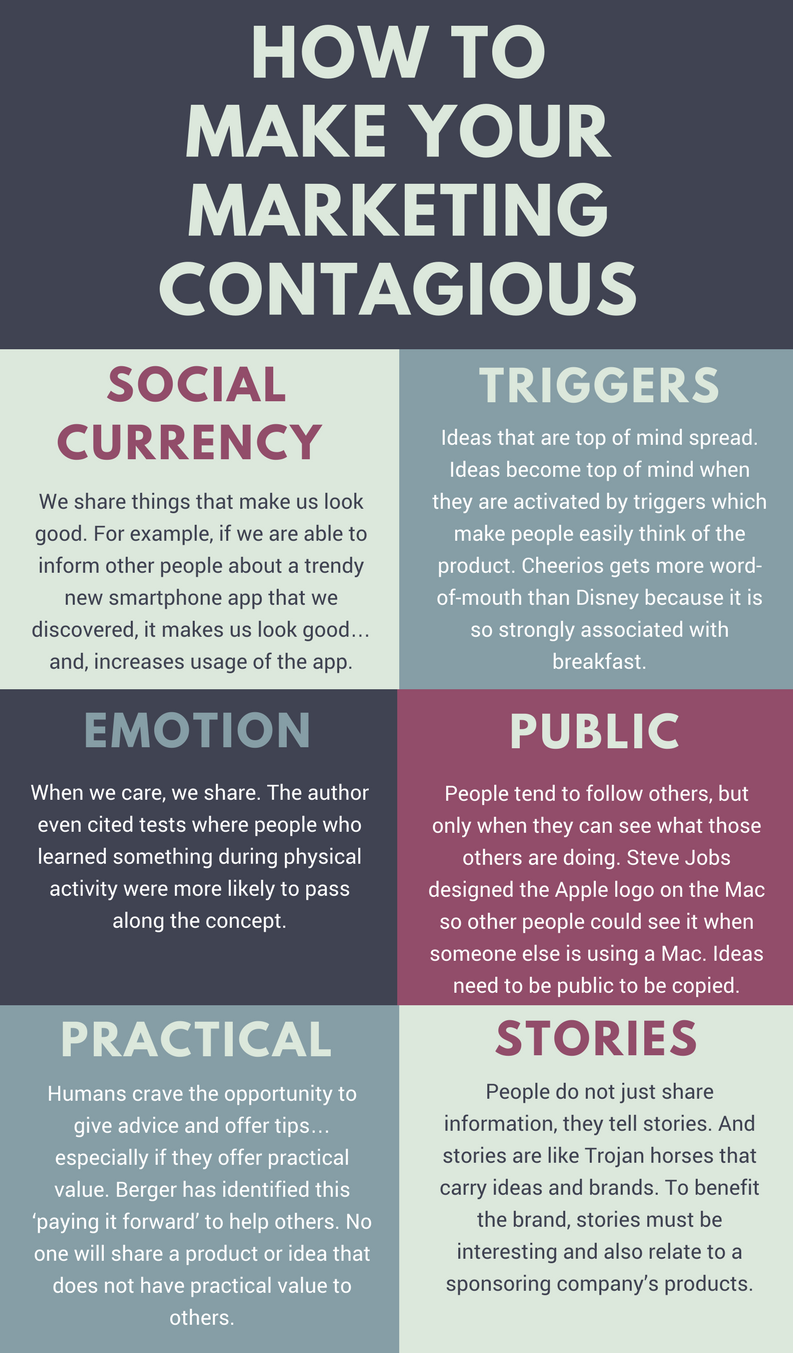Understanding and leveraging international media services through public relations (PR) is more crucial than ever. The dynamic nature of PR, especially in the aftermath of 2023, has brought about disruptive changes that redefine how technology companies engage with their global audience. This piece aims to highlight the 2024 PR trends that are transforming the industry and impacting the business world…
The Top Marketing Trends of 2024
Revitalizing Your Tech Brand: The Power of PR in Today’s Digital World
In today’s digital age, where consumers encounter up to 10,000 ad impressions daily, the challenge for technology companies to stand out is immense. For Marketing Directors at U.S. tech firms, harnessing the power of international media through effective Public Relations (PR) campaigns is more crucial than ever…
AI in Marketing: A Partner, Not a Replacement
The Difference Between Marketing and PR: Which is Better?
Staying Relevant in the Modern Business World: How to Successfully Reposition Your Brand in 2023
Revolutionizing PR and Marketing: How Artificial Intelligence is Changing the Game
The emergence of marketing AI is still in its early stages, and it is essential for communications professionals to keep up with the latest advancements to avoid being left behind. Understanding the different artificial intelligence technologies available and their potential impact on business can help companies determine which ones to utilize…
Social Media – the Small Business Owner’s Checklist [Infographic]
Social media can be confusing. You know you need to do it, often feel intimidated, sometimes get sucked in so it saps time from other valuable business actions. More worrying, how do you prove that it has an ROI (return on investment)?
There is much advice out there, and it's changing constantly. So, wouldn't it be nice if there was one place where you could stop, take a breath, and really have a clear view on how social media can help your business in today's world? Real help, in a practical manner.
Is “Emotional Marketing” the Best Way to Connect with Customers?
According to the Small Business Association, “All humans feel four basic emotions: happy, sad, afraid/surprised, and angry/disgusted.” Of course, no business wants to spur feelings of disgust or anger with their customers, but as the SBA adds, “creating strong emotions—either positive or negative—can help build a bond between your customers and your business,” which is definitely a goal all businesses share.
If you’re looking for a stronger connection with your target audience, here are tips on emotional marketing that might resonate with your target audience:
Marketing or Customer Service... five pointers
When it comes to operating a successful business, nothing’s more important than communicating effectively with your customers. Adopting the wrong tone in your marketing or sales messages, neglecting to reach out in formats where customers generally “live” and failing to reply to inquiries in a timely way can damage your brand now and into the future.
Fortunately, there are many ways to connect with your customer base (and to address prospective customers as well). When it comes to operating a successful business, nothing’s more important than communicating effectively with your customers. Here are five tips on improving your efforts at customer communications and reaping the benefits of a stronger relationship. But is this marketing or Customer Service?
What to Include in Your B2B Marketing Plan
Nowhere is the celebrated “buyer’s journey” more relevant than with B2B companies and their customers. With the vast array of digital resources at their command, these customers embark on the journey by conducting extensive research, comparing companies and exploring social media—sometimes well before they make direct contact with the business they’re most interested in.
Here are tips for key elements and action steps for a marketing plan that keeps your business “top of mind” for current and prospective customers...
Let’s POSE the question – what’s the most efficient marketing?
ROI is only achieved and then improved if your marketing:
- has a clear goal
- is measured on real business value
To achieve a real ROI then, your business can’t rely on only one marketing tactic. OK, sure you can try – go ahead… we’ll hang out here and wait for you – but I’m 100% convinced it’s not going to get you anywhere. We’ve tried. The results are dismal.
It’s all about integration. But when we start integrating multiple marketing tactics, we come across some problems:
- it can cost more (not to be confused with return – ideally more cost means more return), and
- how do we effectively measure one tactic over another?
We need a clear strategy.
What is a ‘Buyer Persona’ and How Can It Improve Your Marketing?
These days, it’s virtually impossible to lump all customers together and try to market to them the same way. Thanks to ecommerce and other consumer-empowering changes in the marketplace, the audiences you aim to serve have moved from one large, undifferentiated mass to many subsets with individual tastes and preferences, needs and challenges.
If you’re not careful, your team can waste valuable time and resources chasing after unqualified prospects who don’t really want or need your products. That’s what happens when a business relies upon a one-size-fits-all approach to marketing.
So, how can you adjust your marketing efforts to identify qualified prospects and best serve your company’s various niche markets? One key strategy involves building “buyer personas.”
You already have broad-based demographic information about your customer base. But creating buyer personas “takes that a step further to include psychographic information based on actual current client and target prospect research to focus on why your target customer makes a purchase decision.”
Here are four tips to help construct buyer personas that fit your business and industry:
Organize your search for relevant data. A thorough profile of your customer emerges from numerous sources. Start by asking your current customers why they buy your products or services (as opposed to those of your competitors). What specific problems do your offerings solve? How do these products improve their own businesses and/or lives? Also, reach out to former customers and ask for candid assessments of what you did right (and wrong) when they were buying from you.
Look at trends and solicit online information. Most leads follow a certain pattern or trend; the key is analyzing the data to see what those patterns indicate. Have your sales team look closely at which customer appeals are most effective, and with which group of customers. Compile information relating to customer age, gender, location, job title, education level, etc. Make sure the team understands why customers make the decision to purchase your products—and, conversely, why other prospects choose not to buy.
Focus on solving problems. One or more buyer personas will emerge from all this data. You’ll have a fairly sophisticated profile of what your customers are like. The key from there is looking beyond who these people are and concentrating instead on what it is they require from you and your business. What problems do they face that you may not have considered before? Are there ways to upgrade your products to better solve these problems?
Create an ideal customer experience. By understanding a buyer persona, you can alter your messaging and the content you share on your website and social media. This will inform every stage of the marketing process, including product packaging and advertising, and customer follow-up after a purchase is made. You know the people you’re marketing to, so you can reframe your message in ways that genuinely resonate with them.
Often, crafting a buyer persona will narrow the scope of your leads—since you’re not trying to attract everyone with one generic message across the board. There’s always a concern when your team is reaching out to fewer prospects. But, by leveraging buyer personas and other pertinent data, the result will likely be a higher percentage of qualified leads, ready to move through the sales funnel, with less time and money spent on the qualification process.
Want more advice on improved marketing strategies for your business? Give us a call to find out how we can help you.

![Social Media – the Small Business Owner’s Checklist [Infographic]](https://images.squarespace-cdn.com/content/v1/5445c892e4b0e284a8f9cda2/1527282531374-4NGMPWWD4BQYS47QWGQ0/social-media-presentation-tips.jpg)




